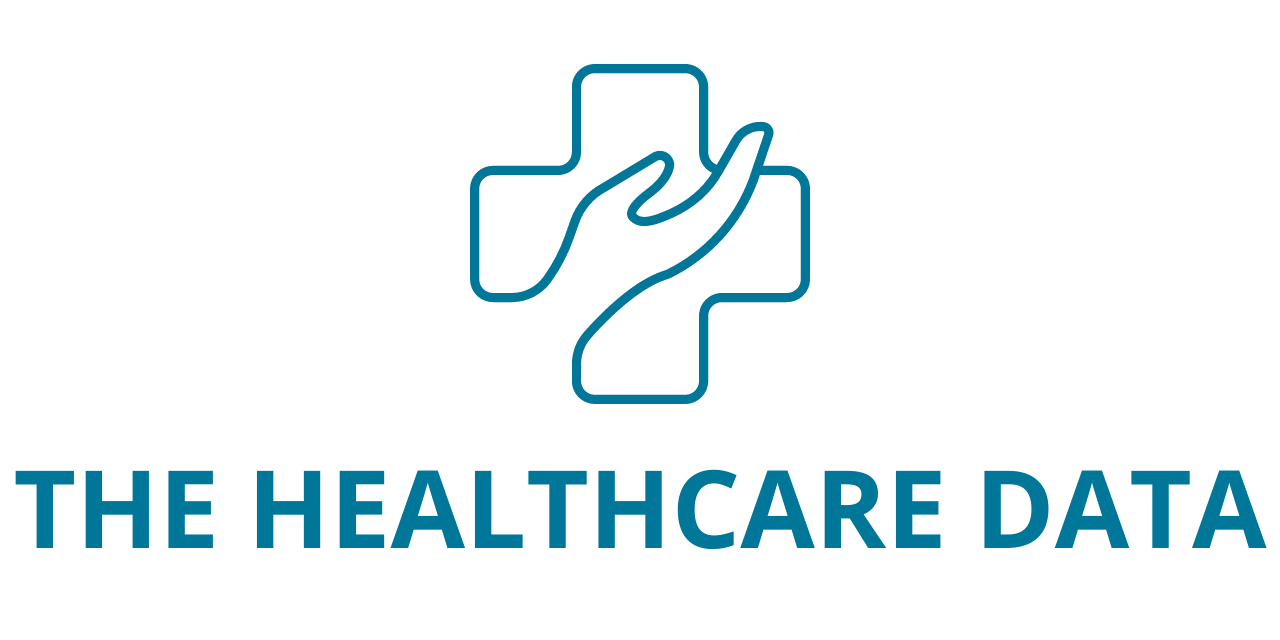
The “Viral Vectors & Plasmid DNA Manufacturing Market Report 2024-2034” report has been added to ResearchAndMarkets.com’s offering.
Overall world revenue for the viral vectors and plasmid DNA manufacturing market is forecast to surpass US$1.35 billion in 2024, with strong revenue growth through to 2034.
Viral vectors and plasmids are instrumental in the field of biotechnology, especially in the context of advancements like CRISPR-Cas9 gene editing. They serve as indispensable vehicles for delivering genetic material with precision, enabling scientists to manipulate and modify genes for various purposes, from basic research to therapeutic interventions.
Viral vectors, such as adeno-associated viruses (AAVs) and lentiviruses, have become central players in gene therapy, allowing for the targeted insertion of genetic material into host cells. Plasmids, on the other hand, are versatile circular pieces of DNA commonly used in molecular biology research to introduce foreign genes into cells or organisms. Their importance extends beyond gene editing to encompass a wide array of biotechnological applications, including vaccine development and protein production.
Recent developments in the biotechnology landscape further underscore the critical role of viral vectors and plasmids. In January 2023, Catalent, a prominent player in the biopharmaceutical industry, inaugurated a state-of-the-art plasmid DNA (pDNA) manufacturing facility in Gosselies, Belgium. This facility not only signifies the growing demand for plasmids but also the need for their efficient production at a commercial scale. Catalent’s commitment to producing off-the-shelf plasmids to support cell and gene companies reflects the broader trend in the industry, where these genetic tools are in high demand.
The integration of pDNA expertise in Gosselies with the clinical and commercial production of viral vectors for gene therapy, cell therapy, and mRNA across their network is a strategic move that ensures the continuity of the supply chain. It’s a testament to the interdependence of these elements in the biotechnology ecosystem and their collective role in driving therapeutic innovations.
Key Market Dynamics
Market Driving Factors
- Shaping the Future of Rare Disease Treatment with Viral Vector Solutions
- Viral Vectors and Plasmids Play a Pivotal Role in Enabling Precision and Breakthroughs in Biotechnology
- Investing in Progress Involves Capitalizing on the Viral Vector Revolution
Market Restraining Factors
- Low Yields and Individual Optimization Hold Back Downstream Processes
- Viral Vector Demand Outpaces Capacity Growth Despite Increased Investments
Market Opportunities
- Seizing the Viral Vector Opportunity for Enhanced Healthcare Access and Cost-efficient Therapies
- Advances in Genome Sequencing to Fuel Market Growth
- Rising Demand for Synthetic DNA Templates in RNA Medicine
Forecasts to 2034 and other analyses reveal commercial prospects
- In addition to revenue forecasting to 2034, this new study provides you with recent results, growth rates, and market shares.
- You will find original analyses, with business outlooks and developments.
- Discover qualitative analyses (including market dynamics, drivers, opportunities, restraints and challenges), cost structure, impact of rising viral vectors and plasmid DNA manufacturing prices and recent developments.
Segments Covered in the Report
Vector Type
- Adenovirus
- Retrovirus
- Plasmid DNA
- AAV
- Lentivirus
- Other Vectors
Application
- Antisense and RNAi
- Gene Therapy
- Cell Therapy
- Vaccinology
End-use
- Pharma and Biopharma Companies
- Research Institutes
Disease
- Oncology
- Genetic Disorders
- Infectious Diseases
- Others Diseases
Workflow
- Upstream
- Downstream
In addition to the revenue predictions for the overall world market and segments, you will also find revenue forecasts for five regional and 24 leading national markets.
The report also includes profiles and for some of the leading companies in the Viral Vectors and Plasmid DNA Manufacturing Market, with a focus on this segment of these companies’ operations.
Leading companies profiled in the report
- Addgene
- Advanced BioScience Laboratories, Inc. (ABL)
- Aldevron
- Altogen Biosystems
- Amicus Therapeutics
- ATUM
- Batavia Biosciences B.V.
- BioNTech IMFS
- Biovian Oy
- bluebird bio Inc.
- Catalent Inc.
- CEVEC Pharmaceuticals GmbH
- Charles River Laboratories
- Creative Biogene
- FUJIFILM Diosynth Biotechnologies
- GENEZEN
- Lonza
- Merck KGaA
- Recipharm AB
- Thermo Fisher Scientific Inc.
- uniQure N.V.
- VGXI Inc.
- Virovek
- VIVEbiotech
- Waisman Biomanufacturing
- WuXi AppTec
- Yposkesi, Inc.
In summary, this report provides you with the following knowledge:
- Revenue forecasts to 2034 for Viral Vectors and Plasmid DNA Manufacturing Market, 2024 to 2034, with forecasts for vector types, application, and end-use, disease and workflow each forecast at a global and regional level – discover the industry’s prospects, finding the most lucrative places for investments and revenues.
- Revenue forecasts to 2034 for five regional and 24 key national markets – See forecasts for the Viral Vectors and Plasmid DNA Manufacturing Market 2024 to 2034 market in North America, Europe, Asia-Pacific, Latin America, and MEA. Also forecasted is the market in the US, Canada, Germany, UK, France, Spain, Italy, Sweden, Switzerland, China, India, Japan, Australia, South Korea, Singapore, Taiwan, Brazil, Mexico, Argentina, GCC, South Africa, and among other prominent economies.
- Prospects for established firms and those seeking to enter the market – including company profiles for 27 of the major companies involved in the Viral Vectors and Plasmid DNA Manufacturing Market 2024 to 2034.




